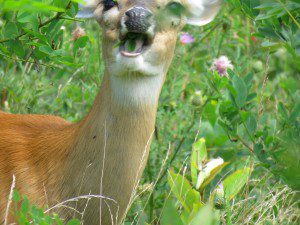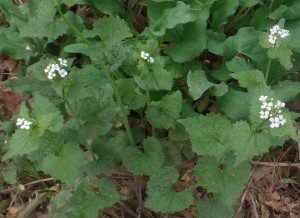Invasives
The Spicebush Swallowtail Butterfly, Its Host Plants, and the New Threat They Face
By Mary Lee Epps A new non-native fungus and the beetle that carries it may soon severely impact sassafras, spicebush, and most other members of the Laurel family in the United States. Sadly, since these are the main host plants of the spicebush swallowtail butterfly, which is now common throughout most of the Eastern U.S.,…
Read MoreNative and Invasive Plant Legislation in the 2022 General Assembly
The Virginia General Assembly convened January 12, 2022 and three bills were introduced in the House of Delegates that deal with native and invasive plants. The first step is to assign the bills to committees, then to subcommittees. Bills must pass the committee to be referred to the House for a full vote. View the Virginia…
Read MorePhasing Out the Sale and Use of Invasive Plants
Updated January 19, 2022: View the Working Group Final Report at the Virginia Legislative Information System. Virginia House Joint Resolution 527, approved unanimously in 2021, calls for a study that will explore options for phasing out the sale and use of invasive plants in Virginia’s horticultural industry, and to promote the sale and use of…
Read MoreWhen the “Good Guys” Go Bad: The Role of Native Fauna in the Spread of Invasive Plants
Humans play a leading role in the spread of invasive species. From accidental introductions, like Japanese stiltgrass (Microstegium vimineum), to intentional planting, like tree of heaven (Ailanthus altissima) and mimosa (Albizia julibrissin), we have done an exceptional job of transporting invaders all over the world. Our cars carry seeds and propagules along highways, our boats…
Read MoreThe Root of the Problem: Garlic Mustard
It’s a classic tale of being careful what you wish for. As a high school student in Germany I went hiking with my classmates in the early spring woods. As I unpacked lunch, friends gathered knoblauchskraut at the forest edge, and we then added the native herb to our sandwiches. “Ah,” I thought. “If only…
Read MoreEvergreen and Creepy: It’s Winter Creeper!
Winter Creeper, (Euonymus fortunei), with its glossy evergreen leaves, is easy to spot in the woods right now. This member of the Bittersweet family, (Celastraceae), is native to China, Japan and Korea. Introduced here as an ornamental plant, Winter Creeper, also known as Creeping Euonymus, has escaped cultivation, according to the National Park Service, and…
Read MoreGetting Rid of Japanese Barberry: Why and How
Japanese barberry, (Berberis thunbergi), arrives in the woods by birds eating the fruits in winter and pooping/planting them. It can grow in full shade and established woods. Nobody, (especially not deer), eats the leaves or the prickly twigs. It can root where branches touch the ground and where seeds are dropped in place to make…
Read MoreWho Belongs to the Dead Plant Society?
How often do you get to kill something and feel good about it? It’s good anger management therapy! There we were, hiking up Stone Mountain, near Atlanta, going through one of the smallish wooded areas (most of it is bare granite). When what to my wondering eyes did appear, but a bunch of bittersweet….oh, my…
Read MoreRaise Your Voice
A conviction that native plants are important is what motivated Ruth Douglas to raise her voice. Deciding to become active in their support was not an easy choice for Ruth, who had to overcome an inherently shy personality, but it’s a decision she does not regret. Her journey through deeper levels of commitment has given her…
Read MoreCan Invasive Plants Be Valuable?
Our Capital Naturalist, Alonso Abugattas, recently took action in response to a misinformed article that ran last week in a Virginia paper touting the benefits of invasive, non-native plants. We thought his comments deserving of a wider audience and he has kindly given us permission to print his letter to the editor of that paper,…
Read More




